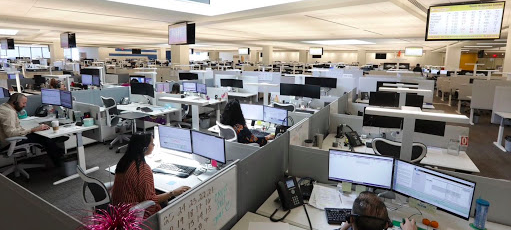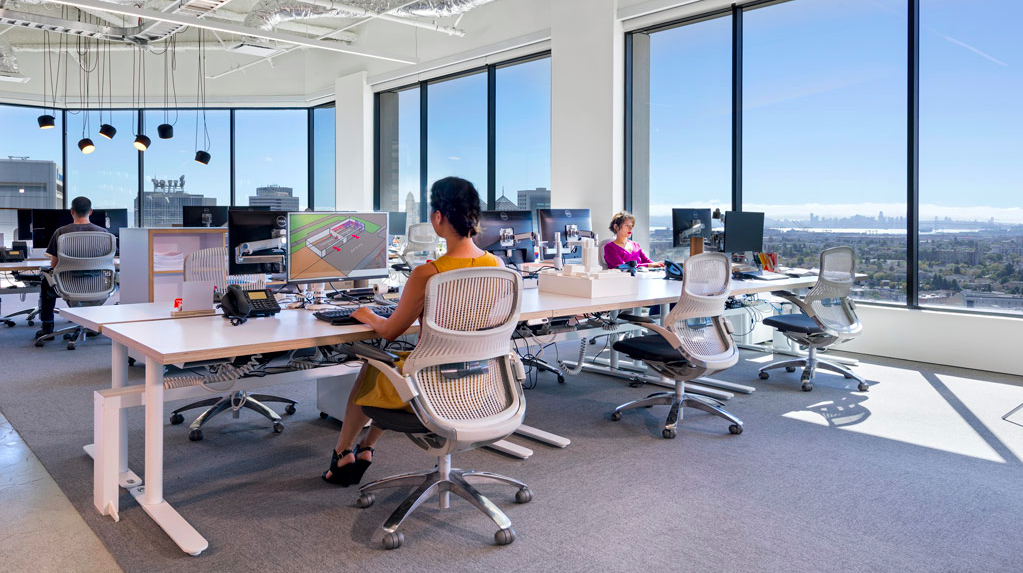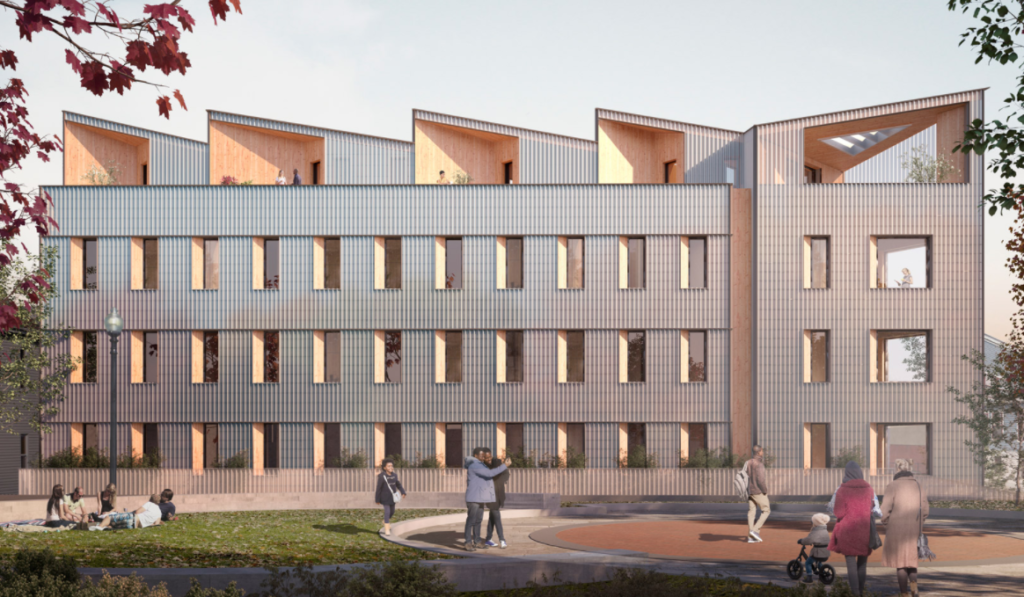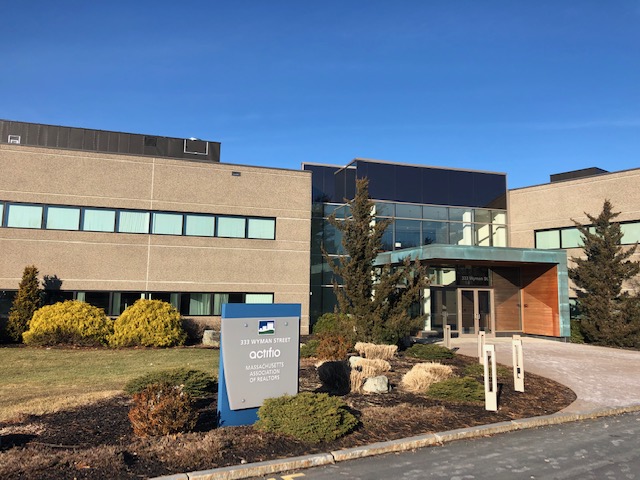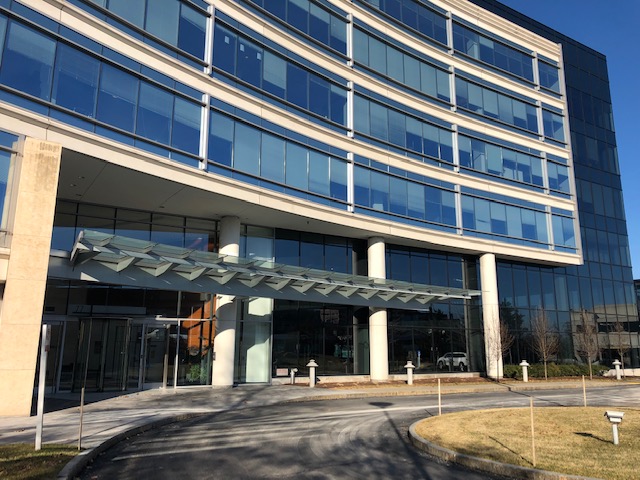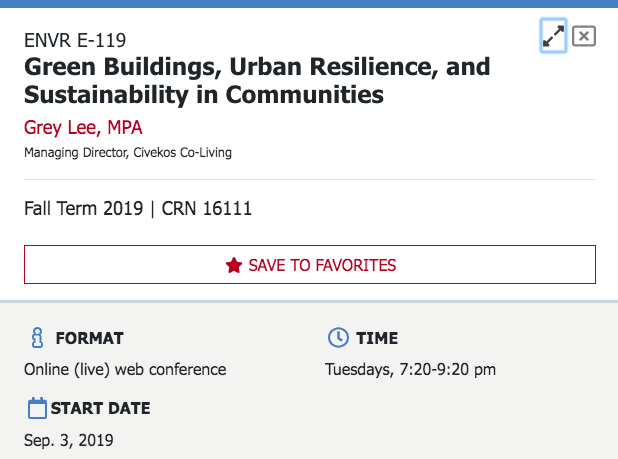Yes, it’s not just “pandemic response” mode and not just another frontier of hygiene theater.
Air quality matters. And tenants are catching on.
There are a bunch of ways people are looking at verifying the safety of the environmental quality of their buildings. I have been tuned into the Harvard Chan School of Public Health and the Boston Properties Health Security Task Force – models for how to address air quality and explaining the benefits of improved air quality.
[Quick reference: the good old CogFX study here.] [Improved indoor air leads to improved mental function for office users…and this means productivity, strategy, and morale!]

Meanwhile, CREtech CLIMATE has stepped into the arena, concerned about air quality. Their CREtech Climate Summit today hosted a variety of important observations about how tech in buildings will address climate and in turn create value for real estate enterprises.
One group who has stepped up to the challenge is Carbon Lighthouse. You’ve probably been following them as they have a great value proposition. They are kind of like an ESCO for whole-building energy use and carbon reductions. By using their system to analyze a building’s energy use, and then proceeding with their recommendations, owners & operators can wring out savings from buildings.

Now, they have a focused product offering related to air quality, harnessing their building intelligence and integration processes to deliver a great way for building users to understand the air quality of a building (and for operators to improve it). In the summit today, they called it Vairify – but I haven’t seen it on their website yet.

This is a great list of criteria to be tracking, and the user interface is really good – using the stacked carousel approach (like in Netflix) for people to see and then pursue their specific concerns. I think many buildings could benefit from this service.

I was glad to hear how this team has pivoted from the focus on carbon to use a similar whole-building methodology to track and map, and then improve, indoor air quality. They are saying it will cost an average commercial building $0.05-0.15 /sf to implement, and that this can lead to reduced net operating costs, improved tenant retention and rates, and higher overall asset value. They did flash the math on the screen but I wasn’t quick enough to get a screenshot! Check out their site where you can sign yourself up for a consultation.
Meanwhile, if you want to think this through with me, please reach out to grey@leepartners.com – I’d be happy to discuss how indoor air quality or other environmental aspects of your building(s) can become drivers of value for your business.
Thank you!









